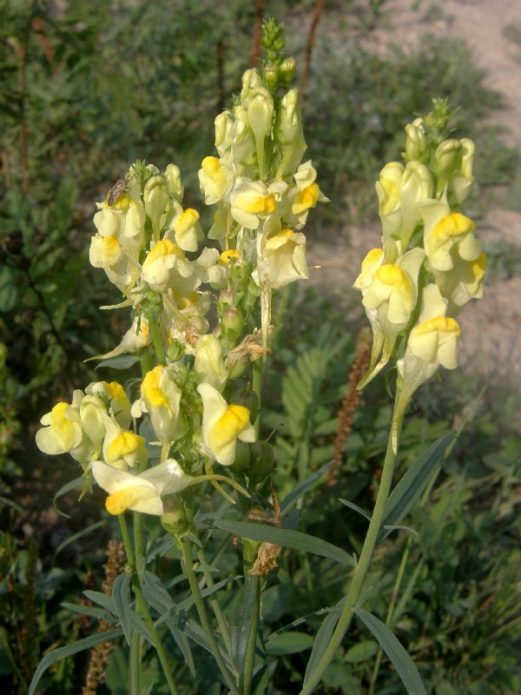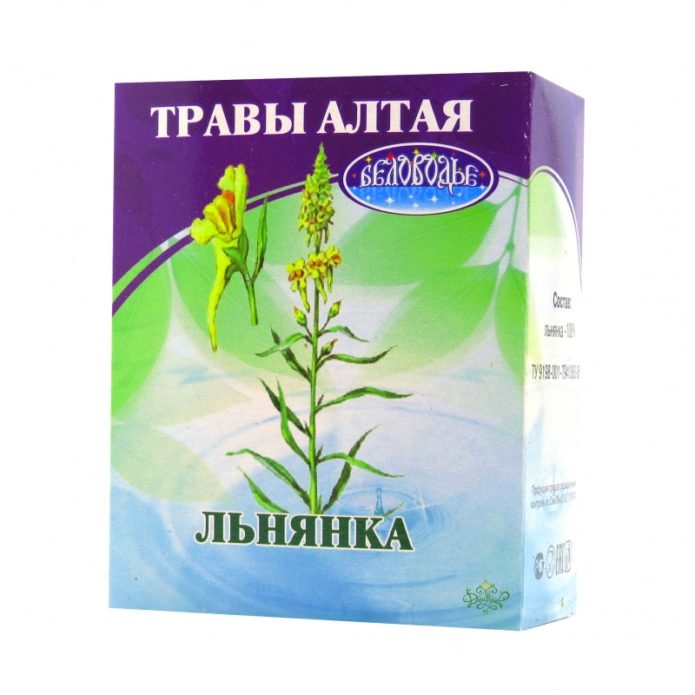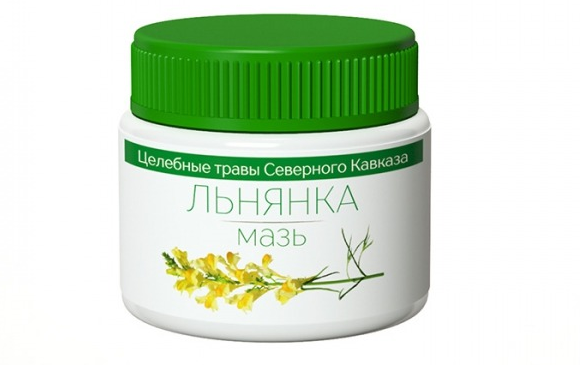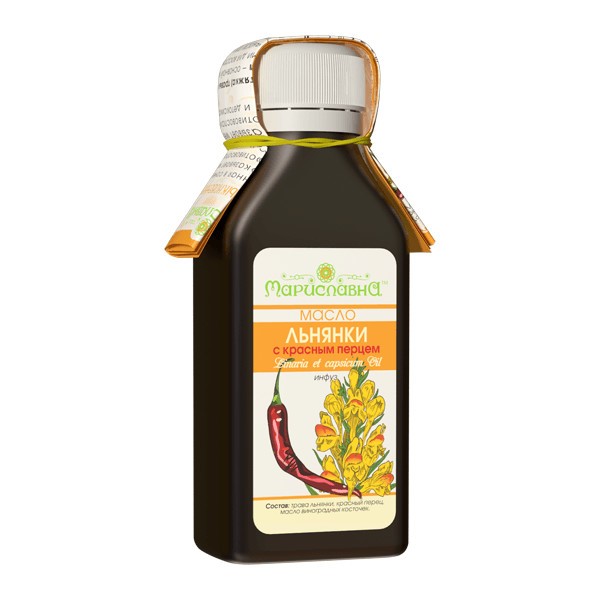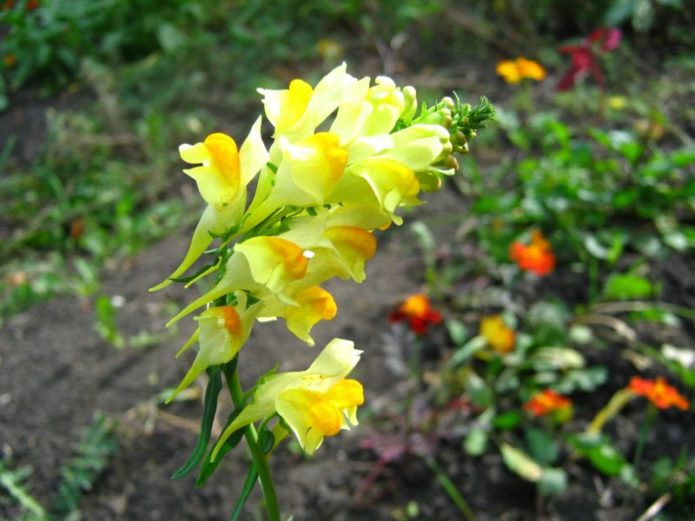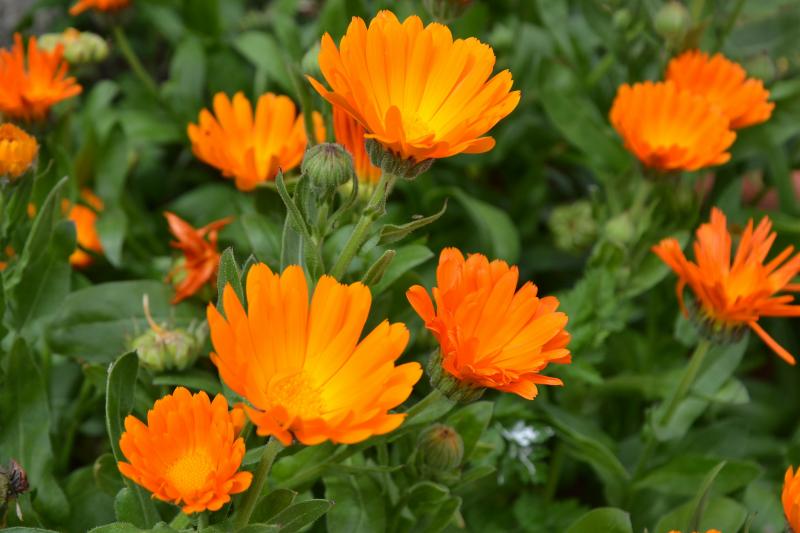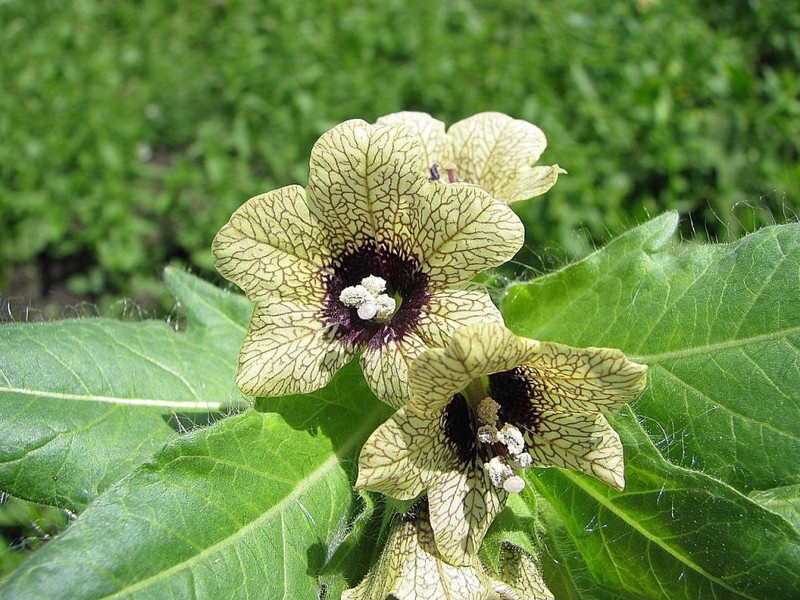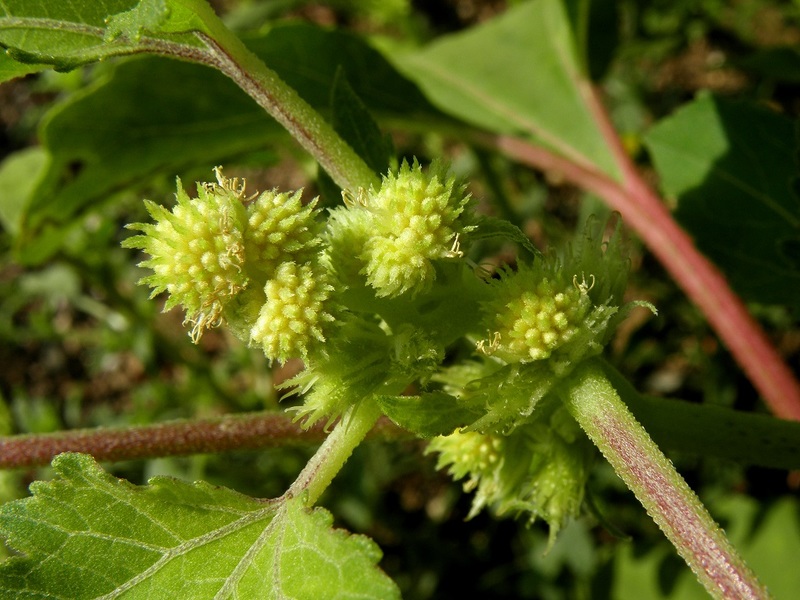Common toadflax (Linaria vulgaris) is a plant of the Plantain family. Despite the fact that it is considered a weed, the aerial part contains many useful substances, thanks to which the dried herb is used for preparing medicines. At the same time, the plant, taking into account its medicinal properties and contraindications, is used not only in folk medicine.
Content
What does the common toadflax look like: photo and description
Toadflax is a herbaceous perennial with a long rhizome, erect stem and linear pointed leaves. The yellow flowers that appear in this plant in summer are collected in spike-shaped inflorescences. After the end of the flowering period, the toadflax produces many small seeds. The plant can be found along roads and in fields. Wild flax is widespread in Western Siberia and the European part of Russia. Toadflax is also found in Asia and European countries.
Toadflax has many other names. The most famous of these are snapdragons, dogs, gills, wild flax, shoemaker, ostudnik, fortidoor, fire-grass, cuckoo's tears, and flax and throat grass.
A variety of plant varieties are used in landscape design, but only one species is used as the main ingredient for the preparation of medicines, namely, Common. Perennial is not included in the State Register of Medicines of the Russian Federation, but you can buy various preparations based on toadflax in pharmacies and online stores. Decoctions, ointments and infusions are easy enough to prepare at home, collecting vegetable raw materials yourself or buying them at a pharmacy kiosk.
Chemical composition
For medicinal purposes, only the aboveground part of the toadflax is used. The seeds of this plant contain about 40% fatty oil. The stems, flowers and leaves of wild flax contain the following beneficial substances:
- saponins;
- alkaloid peganin;
- vitamin C;
- phytosterols;
- carotene;
- tannins and pectin substances;
- flavonoid glycosides;
- citric, malic, formic, folic and acetic acid.
Useful properties of herbs
Common toadflax has the following healing properties:
- laxative;
- anti-inflammatory;
- diuretic;
- antispasmodic;
- astringent;
- diaphoretic;
- choleretic;
- antineoplastic;
- antibacterial;
- tonic;
- antipyretic.
Decoctions and infusions based on wild flax increase the tone of the intestines and uterus, and also normalize the metabolism in the body.
Indications for use
Medicines made from the aerial part of toadflax are indicated for the following diseases:
- anemia;
- diathesis;
- ophthalmic and dental diseases;
- angina;
- urolithiasis disease;
- cystitis;
- skin diseases;
- phlebeurysm;
- mastopathy;
- diseases of the gastrointestinal tract;
- ARI and ARVI;
- Meniere's disease.
Medicines are also recommended for flatulence, hemorrhoids, bedwetting and dizziness, accompanied by vomiting.
Contraindications and side effects
Toadflax is a poisonous plant and should be used with caution for medicinal purposes. If medicines are used incorrectly, a number of the following side effects may occur:
- nausea and vomiting;
- profuse salivation;
- headache;
- fainting;
- sharp pain in the abdomen;
- dizziness;
- heart failure.
There are contraindications for medicines based on wild flax. It is not recommended to use them during pregnancy and lactation, as well as for children under the age of fourteen. It is forbidden to take them in the presence of the following diseases:
- cirrhosis of the liver;
- renal and hepatic impairment;
- tachycardia;
- hypertension.
How wild flax is used in folk medicine: pharmaceutical preparations and popular recipes for medicines
The aerial part of toadflax is used for the preparation of the following medicines:
- ointment;
- milk broth;
- juice;
- tincture;
- water infusion;
- herbal decoction;
- butter;
- remedy for eye diseases.
It is advisable to consult a doctor about the duration of the use of this or that remedy.
Ointment
Wild flax ointment is used in the treatment of various skin diseases. You can cook it yourself using the following ingredients:
- 2 tbsp. l. dried chopped herbs;
- 5 tbsp. l. pork fat.
A medicinal ointment is made as follows:
- Mix the components.
- Heat the mixture over low heat.
- Filter the agent.
The cooled ointment should be regularly lubricated with damaged areas of the skin. You can buy a ready-to-use product at the pharmacy.
Butter
Flaxseed oil is sold in pharmacies and is infused with wild flax herb with the addition of red pepper extract. It is used in the form of rubbing and massage. Procedures using such oil are recommended to be carried out regularly for flu, colds, skin and joint diseases.
Milk broth
Ingredient List:
- 5 tbsp. l. dried flaxseed;
- 300 ml of milk.
Instructions for preparing a decoction in milk:
- Place the ingredients in an enamel or glass dish.
- Boil the mixture over low heat until thickened.
- Cool the product.
Milk broth is used externally. It is recommended to soak a piece of gauze or bandage in it and apply it to hemorrhoids. It is advisable to leave such a compress overnight.
Tincture
Ingredient List:
- 50 g of dried raw materials;
- 500 ml of vodka.
Instructions for preparing the medicinal product:
- Pour flaxseed with vodka.
- Remove the container with the mixture in a dry, dark place for 14 days. The bottle should be shaken periodically.
- Strain the tincture.
It is recommended to use alcohol tincture in case of hypotension, 20 drops 3 times a day before meals. It is strictly forbidden to exceed the recommended dose.
Juice
Flaxseed juice is an effective anthelmintic. It is advisable to drink it in 1 tbsp. l. before going to bed. The remedy is prepared as follows:
- Fresh wild flax grass is taken and washed under running water.
- Vegetable raw materials are ground in a manual meat grinder.
- The resulting gruel is squeezed out, and the juice is diluted with boiled water in a 1: 1 ratio.
Decoction
Ingredient List:
- 1 tsp dried wild flax;
- 250 ml boiling water.
Instructions for making a healing decoction:
- Connect the components.
- Boil the broth over low heat for 10 minutes.
- Cool and filter the product.
A herbal decoction is used for intestinal colic, 1 tbsp. l. 4 times a day.
Infusion
Ingredient List:
- 5 g of dried herb;
- 250 ml boiling water.
Instructions for preparing the infusion:
- Mix the ingredients.
- Place the mixture in a thermos.
- Let the product steep for 40 minutes.
- Filter out the medicine.
Drinking an aqueous infusion is recommended for cystitis and flatulence, 15 ml 4 times a day before meals.
Rinse solution
Ingredient List:
- 1 tbsp. l. dried flaxseed;
- 250 ml boiling water.
Instructions for the preparation and use of the solution:
- Place the flaxseed in an enamel bowl and cover with water.
- Boil the mixture for 10 minutes.
- Cool and filter the liquid.
- Rinse the mouth with the resulting solution after meals and while brushing your teeth.
This solution helps to get rid of bad breath, toothache and gum disease.
Remedy for eye diseases
Ingredient List:
- 1 tbsp. l. dry grass;
- 500 ml of boiling water.
Instructions for making the product:
- Pour boiling water over the wild flax.
- Let the product brew for 3 hours.
- Strain the mixture.
The solution is used for blepharitis and conjunctivitis for regular rinsing of the eyes. It is necessary to use the product in a warm state.
Collection and storage of plant materials
The aboveground part of the toadflax is harvested during the flowering of the plant. It is necessary to carry out the collection with gloves, since wild flax is poisonous. The stems must be cut at a distance of 6 cm from the ground and spread out in a thin layer on paper. Dry raw materials under a canopy in the open air or in a well-ventilated area.
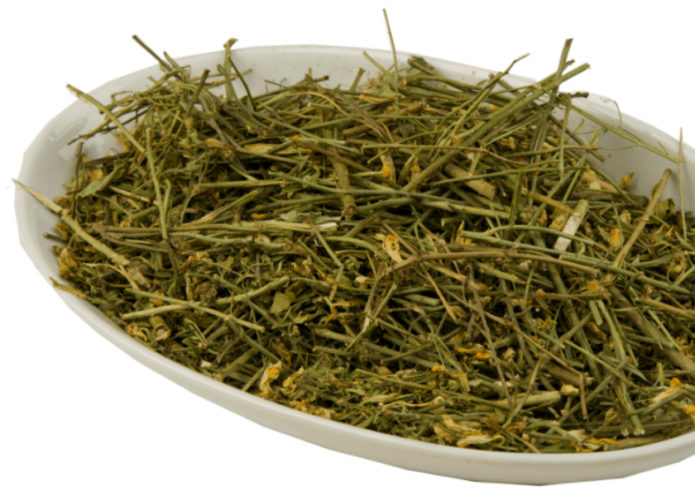
A pale green herb with a salty-bitter aftertaste is suitable for the manufacture of medicinal products.
Dried flaxseed should be packaged in small dense fabric bags or wooden boxes, the bottom of which is lined with paper. High-quality raw materials have a characteristic salty-bitter taste and sometimes a pale green hue. The shelf life of dried wild flax is 2 years.
Growing a plant on the site: advantages and disadvantages
Wild flax, if desired, can be grown on a personal plot. This plant has not only healing properties, but also high decorativeness, thanks to which it can become an adornment of an alpine slide and is perfect for decorating a rabatka. In addition, toadflax is unpretentious in its care and is resistant to diseases. It reproduces by self-seeding, and can do without watering throughout the season. But wild flax also has some disadvantages. It should be borne in mind that this poisonous plant is dangerous for animals and children. Toadflax can also harm other plantings in the garden, since it is considered a difficult weed to remove.
Feedback on the results of use
I got to know the toadflax when I was diagnosed with mastopathy on an ultrasound scan. My husband was then engaged in the manufacture of herbal remedies and brought me toadflax ointment. I smeared it for a long time, for about 3 months, I regularly did ultrasound, which showed a decrease in fibrous nodes. Gradually, the mastopathy did not become, the chest stopped hurting, even before menstruation. By the way, this ointment goes well with any other ointments, including hormonal ones.
I used a cream-balm with toadflax extract. It effectively helps relieve discomfort, itching and even swelling in a delicate place with a disease such as hemorrhoids. I was pleasantly surprised that a natural remedy can effectively help with the inflammatory process, no worse than publicized advertising means.
Video: an overview of the medicinal properties of toadflax and contraindications to it
Before using one or another drug based on common toadflax, you should consult with your doctor. If any side effects occur, you should stop taking medications immediately and seek help from specialists.
